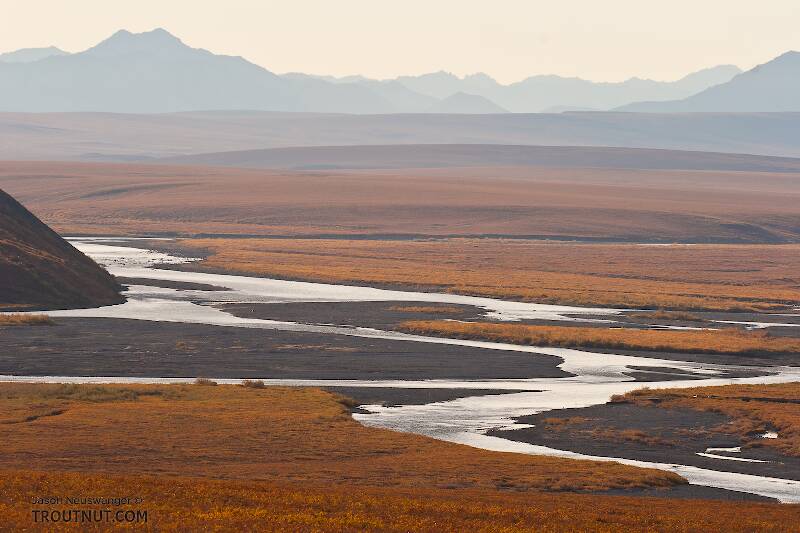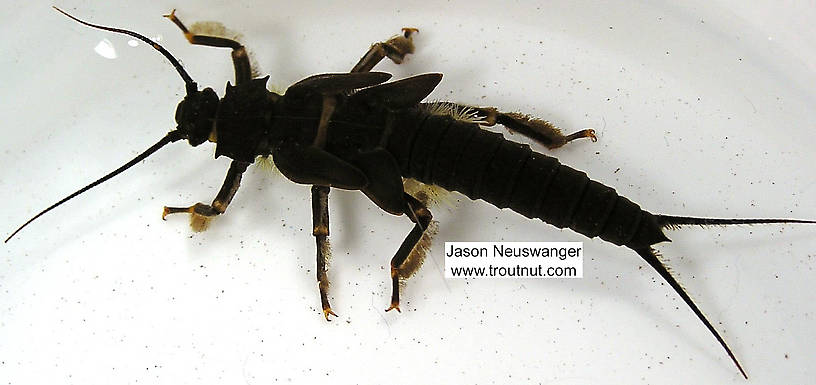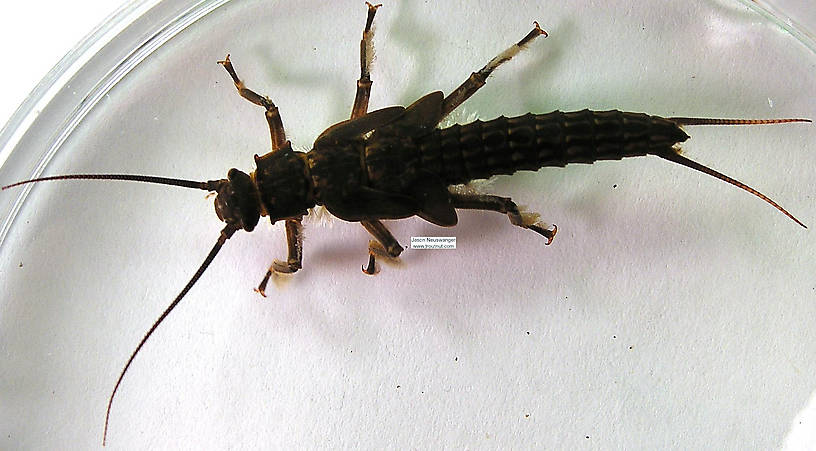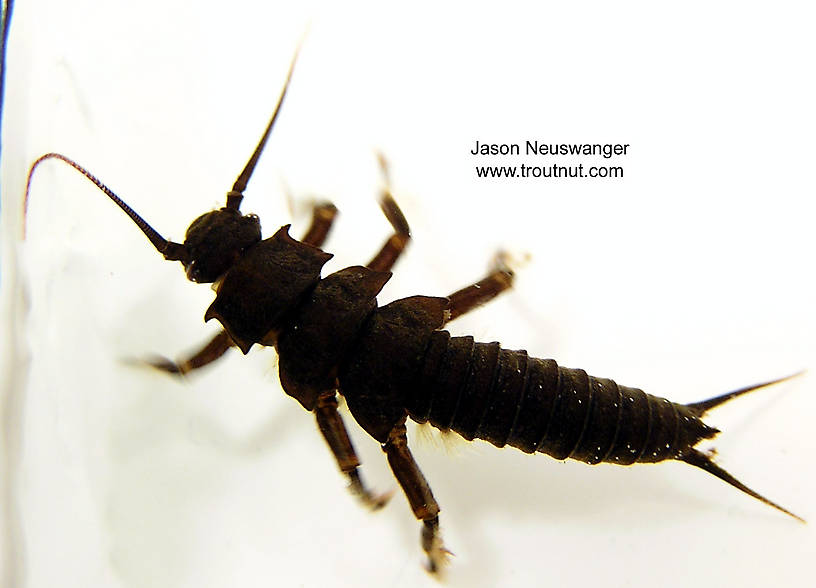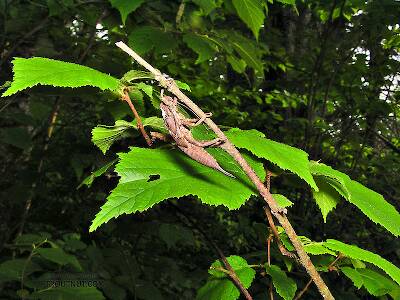
Blue-winged Olives
Baetis
Tiny Baetis mayflies are perhaps the most commonly encountered and imitated by anglers on all American trout streams due to their great abundance, widespread distribution, and trout-friendly emergence habits.
Featured on the forum

This one seems to tentatively key to Holocentropus, although I can't make out the anal spines in Couplet 7 of the Key to Genera of Polycentropodidae Larvae nor the dark bands in Couplet 4 of the Key to Genera of Polycentropodidae Larvae, making me wonder if I went wrong somewhere in keying it out. I don't see where that could have happened, though. It might also be that it's a very immature larva and doesn't possess all the identifying characteristics in the key yet. If Holocentropus is correct, then Holocentropus flavus and Holocentropus interruptus are the two likely possibilities based on range, but I was not able to find a description of their larvae.

Troutnut is a project started in 2003 by salmonid ecologist Jason "Troutnut" Neuswanger to help anglers and
fly tyers unabashedly embrace the entomological side of the sport. Learn more about Troutnut or
support the project for an enhanced experience here.
Stonefly Species Pteronarcys dorsata (Salmonflies)
This is the largest common eastern stonefly. It's quite abundant in places, but not to the extent of its western counterparts, and since most of its activity is at night it is generally less important. Nevertheless, nymph imitations produce some very large trout, and lucky or very locally knowledgable anglers may find good fishing to the egg-laying adults.
Where & when
Time of year : Late April through late June
In 27 records from GBIF, adults of this species have been collected during May (41%), April (26%), July (15%), March (11%), and June (7%).
Species Range
Egg-Laying behavior
Time of day: Overnight; some dawn/dusk overflow
Habitat: Riffles
Specimens of the Stonefly Species Pteronarcys dorsata
3 Nymphs
1 Streamside Picture of Pteronarcys dorsata Stoneflies:
1 Video of Pteronarcys dorsata Stoneflies:
Pteronarcys
Featuring: Pteronarcys dorsata Stonefly Nymph
Discussions of Pteronarcys dorsata
Question
7 replies
Posted by Max29 on Jan 29, 2008
Last reply on Jan 29, 2008 by Taxon
Are stoneflies and salmonflies the same thing or are they just related because here in the mid west we have the stonfly hatch and if they are related the stonfly could be called the salmonfly and the salmonfly hatch is only in the west because I have trouble because I want to become a better insect identifier when it comes to fishing because i went to other sites that so a stonefly is a stonefly and a salmonfly is a salmon fly but yet you say stonefly nymph but in parenteseses you have american salmonfly so is there really no such thing as a salmonfly but it is rather called a stonefly.
Start a Discussion of Pteronarcys dorsata
References
- Swisher, Doug and Carl Richards. 2000. Selective Trout. The Lyons Press.
Stonefly Species Pteronarcys dorsata (Salmonflies)
Species Range
Common Names
Resources
- NatureServe
- Integrated Taxonomic Information System
- Global Biodiversity Information Facility
- Described by Say, T. (1823) Description of insects belonging to the order Neuroptera Linn., Latr. Collected by the Expedition authorized by J.C. Calhoun, Secretary of War, under the command of Maior S.H. Long. The Western quarterly reporter of medical, surgical, and natural science 2, 160–165.

